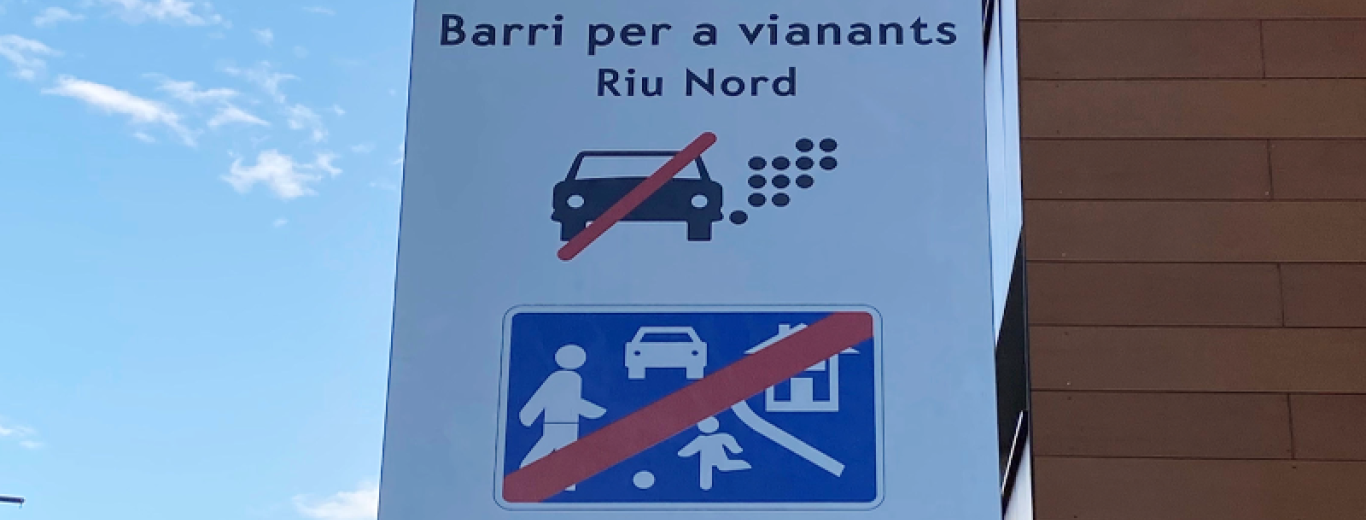Barri per a vianants

Objectius del projecte
Illes urbanes a la ciutat on es busca garantir la prioritat de la ciutadania, la seva salut i la sostenibilitat, amb l’objectiu de millorar la seva qualitat de vida. Obeeix a un nou model dins del Pla de Mobilitat Urbana i Sostenible de l’Ajuntament de Santa Coloma de Gramenet, on el model de mobilitat prioritza el vianant.
Descripció del projecte
Des de l’Ajuntament de Santa Coloma de Gramenet es decideix delimitar zones especials —que, en altres ciutats, es coneixen com superilles— on es restringeix la circulació dels vehicles privats i la velocitat perquè les persones es puguin desplaçar a peu amb la màxima seguretat, accessibilitat i comoditat possibles. En aquestes zones es prioritzen els desplaçaments de les persones i l’ús de les bicicletes, de manera segura, així com el foment del transport públic, per sobre del vehicle privat.
A partir de la pacificació de l’interior dels barris, es pretén assolir que la xarxa veïnal aculli el trànsit propi del barri (el que té origen o destí al mateix barri) i, amb la reducció del trànsit interior, recuperar el carrer per al veïnat com a lloc d’esbarjo, gaudi i relació social.
Aquest canvi de model posa per davant les persones i deixa de banda la clàssica planificació que prioritza la circulació de vehicles.
Per tal de definir els barris per a vianants s’ha actualitzat la jerarquia viària:
- Xarxa viària principal o secundària, formada pels carrers més importants i estructurants pel que fa a la circulació (que conformaran el perímetre del barri per a vianants).
- Xarxa veïnal, formada pels carrers o trams de carrers que no pertanyen a la xarxa viària principal o secundària (es troben a l’interior dels barris).
Àmbits d’intervenció
Líders del projecte
Per saber-ne més
Contacte
Department of Urbanism of Santa Coloma de Gramenet
Plaça Olimp, 3
Santa Coloma de Gramenet (08921)
93 462 40 00



